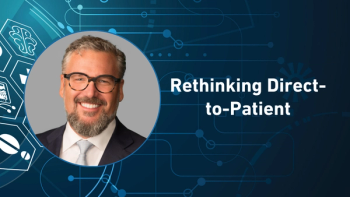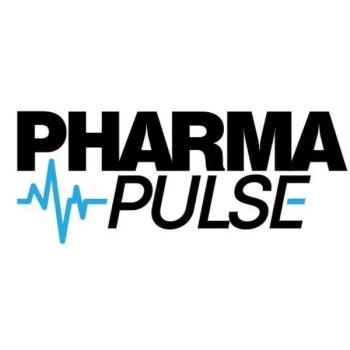
- Pharmaceutical Commerce - September/October 2017
It’s time for an industry guideline on patient support services
The pharma industry is well along in a shift
from traditional mass-market drugs to specialties, which now represent 43% of net drug spending (invoice price less discounts), and which has doubled its proportion in overall drug spending over the past 10 years (QuintilesIMS statistics). One of the hallmarks of specialty drugs is the need for close interaction with patients, for initial diagnostics, ongoing patient support (financially, medically and psychologically) and outcomes analysis. The shift to value-based care will only intensify these interactions.
These trends flow in the same direction as the oft-claimed “consumerization” of healthcare, with consumers (patients) presumed to have a more direct hand in their own healthcare. On the medical research side, the genuine excitement around cellular and genetics-based therapies points to an era of personalized medicine, with drugs tailored to a patient’s individual genetic makeup.
Taken altogether, these trends call for a more-direct interaction between pharma companies and patients undergoing therapy. The industry has stepped up with a variety of patient support programs—internal support groups, outsourced hub services providers and closer interaction with patient advocacy organizations (some of which have undertaken their own drug development programs). On the whole, this is a beneficial arrangement: getting patients the right therapy, keeping them on therapy, and developing new drugs faster translates into better healthcare. It is often said that pharma companies are unsurpassed in knowing the details of how their drugs work and what patients they benefit; keeping that line of communication open is vital.
Now, however, there is growing anecdotal evidence of abuse of the pharma-patient interaction. With the latest specialty therapies (especially in orphan drugs), a single patient can represent several hundred thousand dollars in annual income for a pharma company. That’s a powerful incentive to identify potential patients and to be closely involved with their care—perhaps too closely. A
This situation is very similar to the period in the early 2000s, when a wide variety of industry marketing practices—most famously, the tchotchkes and other gifts rained down on healthcare providers—came under intense public criticism. There were (and are) laws to regulate these activities, but the constant to-and-fro of pharma actions, regulator interventions and public outcry compelled PhRMA, the industry’s lead trade association, to step in with its “Code on Interactions with Healthcare Professionals.” The Code, promulgated in 2002 and updated in 2009, sought industry compliance with guidelines over gifts, travel, consulting arrangements, speaker fees and educational sponsorships. The guiding principle is that “a healthcare professional’s care of patients should be based, and should be perceived as being based, solely on each patient’s medical needs and the healthcare professional’s medical knowledge and experience.”
The Code is voluntary, and participation since it was promulgated is very mixed: 53 companies signed the original document, but as of last May, only 24 have continued executive-level annual audits (a part of the Code). (Pharma companies have, of course, been merging or acquiring since then, but PhRMA membership has had additions and subtractions as well; its current membership count is 37.) Although outside observers don’t see much to applaud in industry compliance, the Code has had a restraining effect on sales and marketing practices, at least some of the time for some companies.
PhRMA saw fit to promulgate another guideline, “PhRMA Principles on Interactions with Patient Organizations,” in November 2014, to address that friction point: some companies have tried to exert undue influence on the actions of patient organizations, to those companies’ benefit. A “Principles” document seems to carry even less weight than a voluntary “Code,” but the intention is the right one.
Now it’s time to extend this approach to direct patient interaction. Having nurse educators or patient case managers report to the marketing departments of pharma companies seems indefensible. Having sales reps gain access to patient’s protected health information (a HIPAA criterion) seems to cross ethical lines directly. Using opt-in information from patients without regard to patient care seems suspect. A few companies have set up standing patient advocacy offices internally; having them report directly to the C-suite seems like a very good idea.
With more and more high-priced specialty drugs (and the even higher-priced orphan drugs for an even smaller patient population) entering the market, these problems are only going to grow if not addressed soon.
Articles in this issue
over 8 years ago
Patient data saves livesover 8 years ago
MDM’s growing role in running healthcare businessesover 8 years ago
The power of strategic data standardizationover 8 years ago
2017 Cold Chain Outlookover 8 years ago
Cold Chain 2017 Directoryover 8 years ago
Is the opioid crisis a national emergency?over 8 years ago
A conversation with Greg Flynn, Ashfield Healthcare USover 8 years ago
LogiPharma meeting highlights digital transformationover 8 years ago
Drug development in rare diseasesNewsletter
Stay ahead in the life sciences industry with Pharmaceutical Commerce, the latest news, trends, and strategies in drug distribution, commercialization, and market access.




